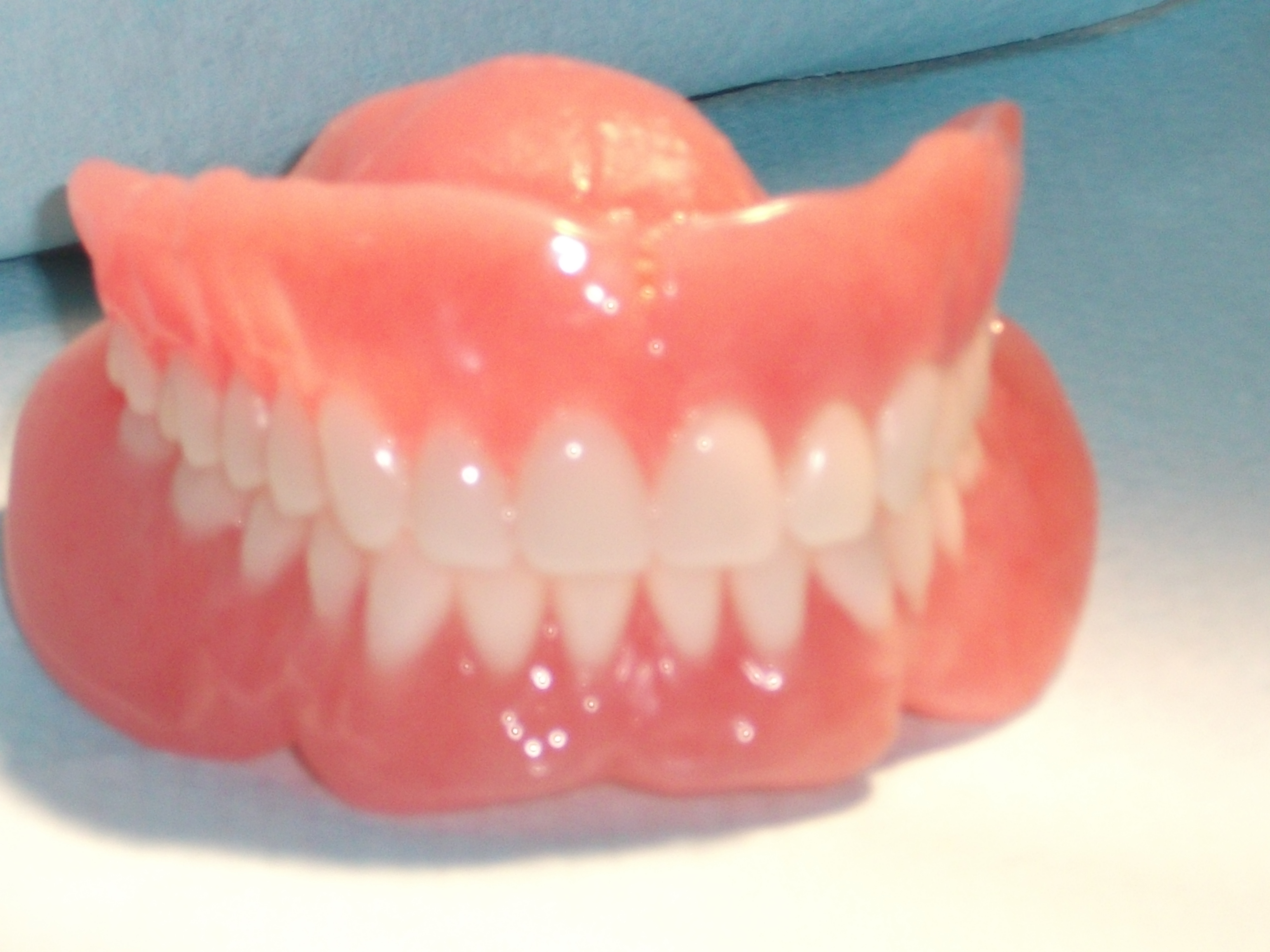How Does Tmj Affect Ear Health? Find Solutions

The temporomandibular joint (TMJ) is a complex system of bones, ligaments, and muscles that connects the jawbone to the skull. While its primary function is to facilitate jaw movement, allowing us to talk, chew, and yawn, the TMJ also has a significant impact on our overall ear health. In fact, the connection between the TMJ and the ears is more intricate than one might initially think.
One of the primary ways TMJ disorders (TMD) can affect ear health is through referred pain. Referred pain occurs when pain is perceived at a location other than the site of the painful stimulus. In the case of TMD, pain in the jaw can be referred to the ear, leading to sensations of ear pain, fullness, or pressure. This phenomenon is due to the close proximity of the TMJ to the ear and the shared nerve pathways. The trigeminal nerve, which is responsible for jaw function, also has branches that innervate the ear, making it possible for pain signals from the jaw to be interpreted as ear pain.
Moreover, TMD can also lead to eustachian tube dysfunction. The eustachian tube connects the middle ear to the back of the throat and plays a crucial role in equalizing ear pressure. When the TMJ is not functioning properly, it can lead to muscle tension and spasms in the surrounding area, including those that affect the eustachian tube. This can impede the tube’s ability to open and close, resulting in a feeling of fullness or congestion in the ear, hearing loss, or a sensation of the ears being plugged.
Another significant way TMD can impact ear health is through its effect on the inner ear. The inner ear is responsible for balance and equilibrium, and any disruption in its function can lead to vertigo, dizziness, or balance problems. Research suggests that TMD can affect the inner ear by altering blood flow or putting pressure on the nerves that supply the inner ear, leading to these balance-related issues.
Solving TMJ-related ear health issues requires a multi-faceted approach. Firstly, it’s essential to address the underlying TMJ disorder. This can involve a range of treatments from physical therapy to dental interventions. A health professional may recommend exercises to strengthen the jaw muscles, improve jaw alignment, or reduce tension. In some cases, a dental splint or orthodontic treatment may be necessary to correct bite issues that are contributing to the TMD.
Additionally, managing stress and reducing jaw tension through relaxation techniques such as meditation or deep breathing exercises can help alleviate TMD symptoms, including those that affect ear health. Avoiding habits that exacerbate TMJ strain, such as chewing gum, clenching the jaw, or eating hard foods, is also crucial.
For eustachian tube dysfunction related to TMD, the Toynbee maneuver can be helpful. This involves swallowing while pinching the nose shut, which can help to open the eustachian tube and relieve pressure in the ears. Auto-insufflation, where one attempts to blow air through pinched nostrils, can also help to open the eustachian tube.
Lastly, for issues related to the inner ear, such as vertigo or balance problems, vestibular rehabilitation therapy (VRT) may be recommended. VRT involves a series of exercises designed to help the brain and body compensate for balance and equilibrium problems.
Steps to Manage TMJ-Related Ear Health Issues

- Consult a Healthcare Professional: Schedule an appointment with a dentist, ENT specialist, or a healthcare provider experienced in treating TMJ disorders.
- Diagnosis and Assessment: Undergo a thorough examination to determine the extent of the TMJ disorder and its impact on ear health.
- Treatment Plan Development: Work with your healthcare provider to develop a personalized treatment plan that may include physical therapy, dental interventions, and lifestyle adjustments.
- Lifestyle Changes: Adopt stress-reducing techniques and avoid exacerbating habits to minimize TMJ strain and alleviate ear symptoms.
- Regular Follow-Up: Ensure to follow up with your healthcare provider to monitor progress, adjust the treatment plan as necessary, and address any new or persisting symptoms.
In conclusion, the relationship between the TMJ and ear health is complex and multifaceted. Understanding the ways in which TMJ disorders can affect ear health, from referred pain and eustachian tube dysfunction to inner ear issues, is crucial for developing effective treatment strategies. By addressing the root causes of TMD and incorporating a combination of professional treatments and lifestyle adjustments, individuals can find relief from TMJ-related ear health issues and improve their overall quality of life.
What are the common symptoms of TMJ-related ear health issues?
+Common symptoms include ear pain, fullness, or pressure, hearing loss, vertigo, dizziness, and balance problems. These symptoms can vary in intensity and may be constant or intermittent.
How is TMJ disorder diagnosed in relation to ear health issues?
+Diagnosis involves a comprehensive examination by a healthcare professional, including a review of medical history, physical examination of the jaw and ear, and possibly imaging tests like MRI or CT scans to rule out other conditions.
Can TMJ-related ear health issues be prevented?
+While not all cases can be prevented, practicing good jaw hygiene, avoiding jaw-straining activities, managing stress, and maintaining regular dental check-ups can help reduce the risk of developing TMJ disorders and related ear health issues.
Are there any home remedies for alleviating TMJ-related ear symptoms?
+Yes, applying warm or cold compresses to the jaw, practicing relaxation techniques, and avoiding chewy or hard foods can help alleviate symptoms. Additionally, exercises that help relax the jaw muscles and improve jaw alignment can be beneficial.
How long does it take to see improvement in TMJ-related ear health issues with treatment?
+The time to see improvement can vary significantly depending on the severity of the TMJ disorder, the effectiveness of the treatment plan, and individual response to therapy. Some may experience relief within weeks, while others may require several months of consistent treatment.


